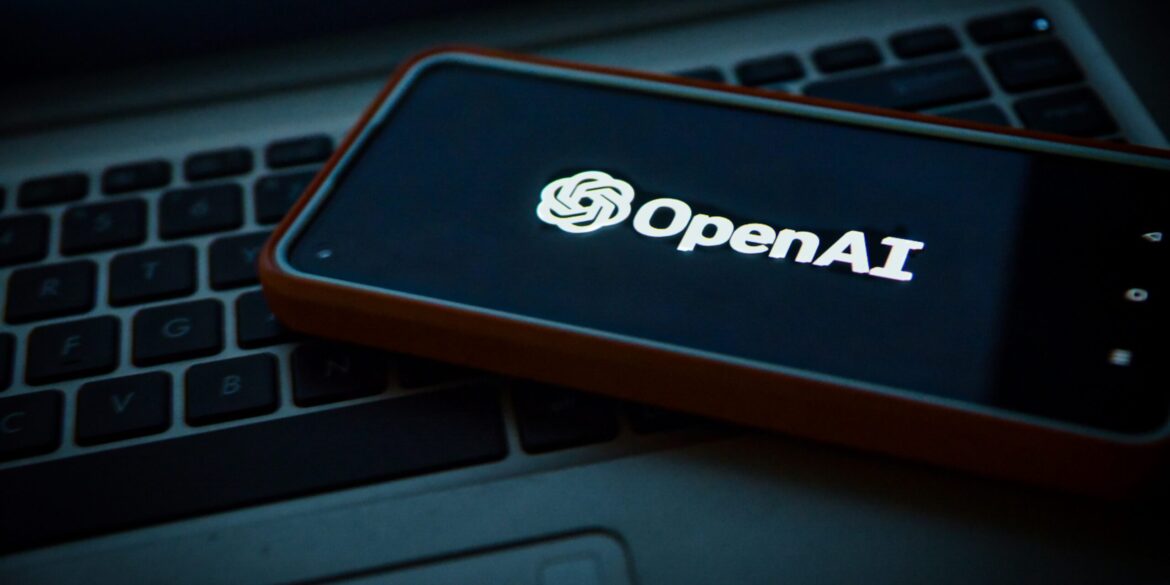OpenAI has made a groundbreaking announcement with the release of its latest language model, GPT-5, marking a significant leap forward in the field of artificial intelligence. The unveiling of GPT-5 has sent ripples throughout the tech world, as the model is being hailed for its remarkable improvements in reasoning, comprehension, and contextual understanding. According to experts, GPT-5’s capabilities are expected to revolutionize industries that rely on complex problem-solving and intelligent content creation.
GPT-5 is reported to possess what can be described as “Ph.D.-level intelligence,” which refers to its advanced ability to process and interpret vast amounts of information with a level of sophistication previously unseen in AI models. This new version of GPT demonstrates a much deeper understanding of nuanced language, enabling it to tackle tasks that require multi-step reasoning and intricate knowledge integration. As a result, applications that rely on human-like cognition, such as education, research, and content generation, are poised to benefit immensely from GPT-5’s capabilities.
One of the most significant impacts of GPT-5 is its potential to transform the field of education. The model’s enhanced comprehension and reasoning abilities mean that it can serve as an even more effective tool for personalized learning, offering students tailored explanations and engaging in complex problem-solving dialogues. In academic research, GPT-5 could become a valuable assistant, capable of synthesizing large amounts of data and generating insights that might otherwise take researchers years to uncover. Similarly, in content creation, whether for marketing, entertainment, or media, GPT-5 can produce high-quality, contextually relevant material that aligns with human expectations.
The timing of GPT-5’s release is particularly significant, coinciding with the United Nations’ designation of 2025 as the International Year of Quantum Science and Technology. This year-long celebration underscores the growing intersection between artificial intelligence and quantum computing, two fields that are expected to shape the future of technological advancements. Experts believe that the integration of GPT-5 with quantum technologies could drive innovations that accelerate machine learning and revolutionize data processing. The power of quantum computing, combined with GPT-5’s advanced language processing capabilities, could open new frontiers in AI research, making it possible to tackle even more complex challenges in shorter time frames.
In the coming years, GPT-5 is poised to serve as a key tool in both academic and commercial sectors, offering unprecedented capabilities that could unlock new potentials in various industries. Whether it’s helping businesses improve customer service, enhancing virtual assistants, or enabling autonomous systems to make more informed decisions, GPT-5 sets a new benchmark for intelligent systems.
As OpenAI continues to push the boundaries of artificial intelligence, GPT-5 is just one example of how the field is evolving rapidly. The model’s release demonstrates the significant progress that has been made in AI research, while also highlighting the potential for further developments in machine learning, natural language processing, and quantum technologies. For many, GPT-5 represents the beginning of a new era in AI, one where machines are not just tools but intelligent systems capable of working alongside humans in increasingly sophisticated ways.
In conclusion, GPT-5 marks a monumental step in the evolution of artificial intelligence. With its unprecedented level of intelligence, advanced reasoning capabilities, and potential integration with quantum technologies, it promises to redefine how we think about and interact with AI. OpenAI’s latest release is a major milestone in the pursuit of truly intelligent systems, offering endless possibilities for innovation across education, research, content creation, and beyond.

